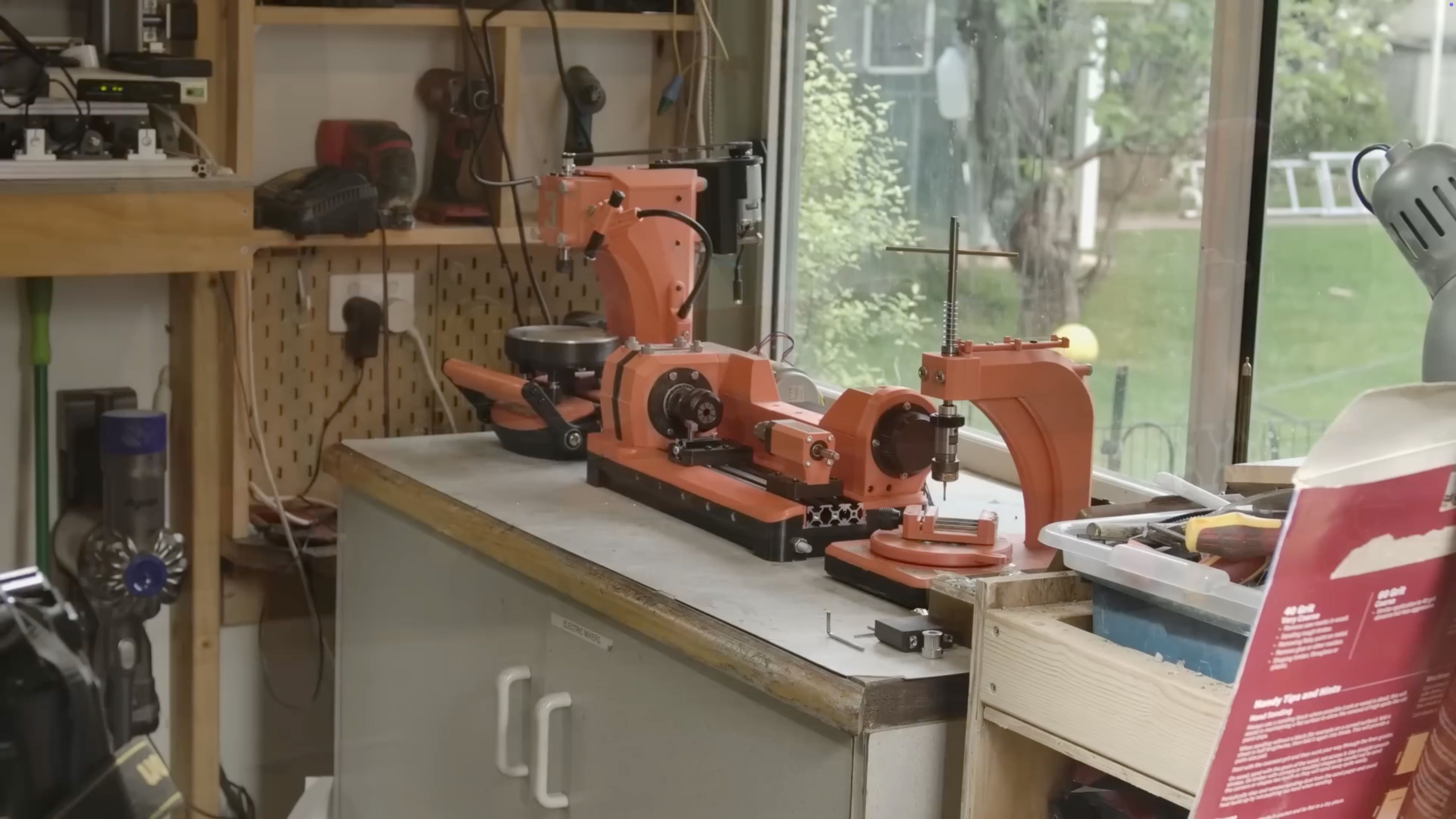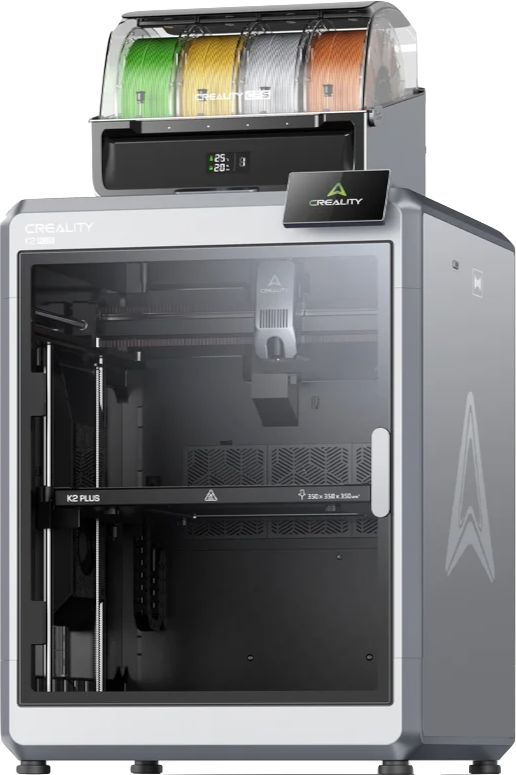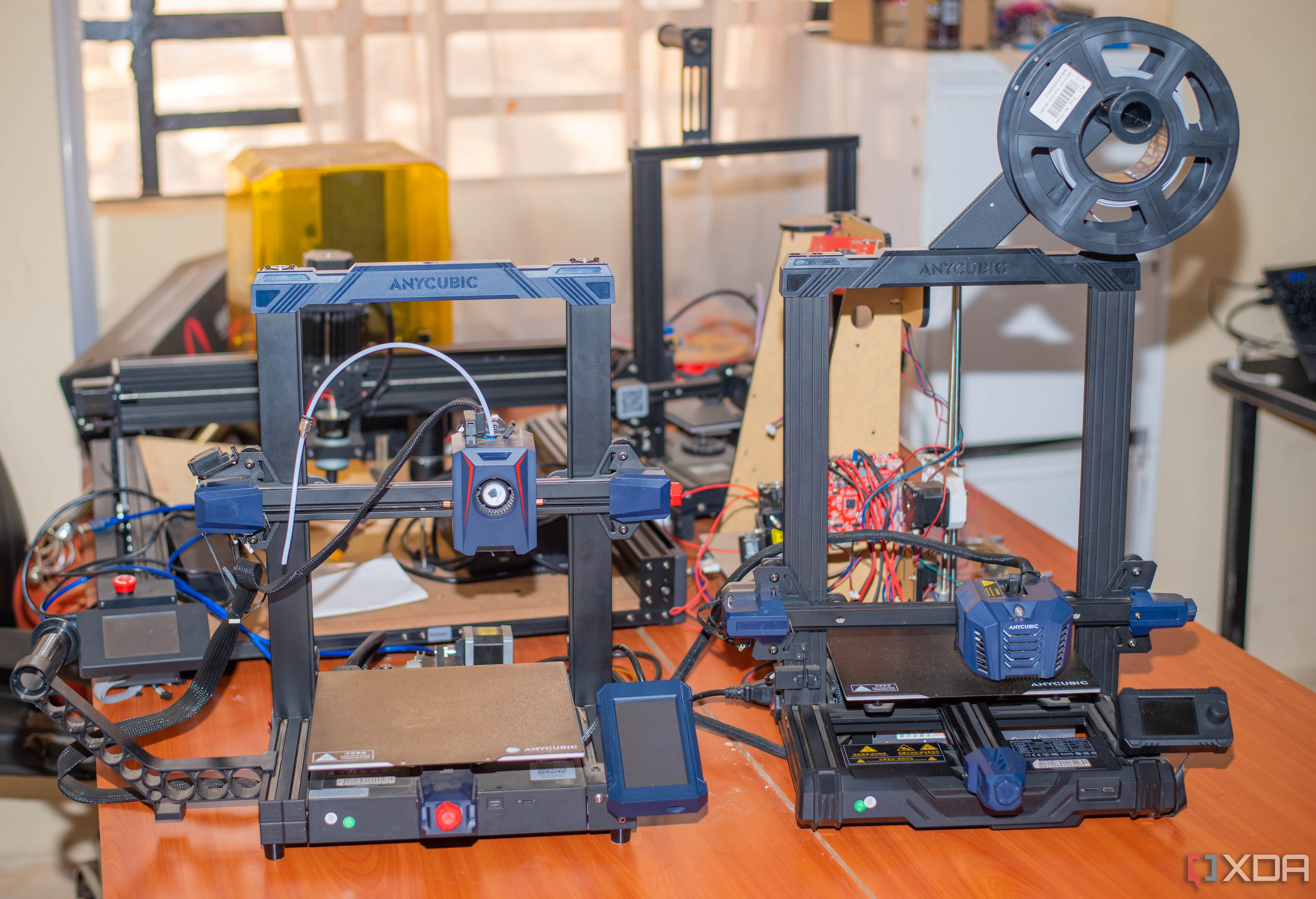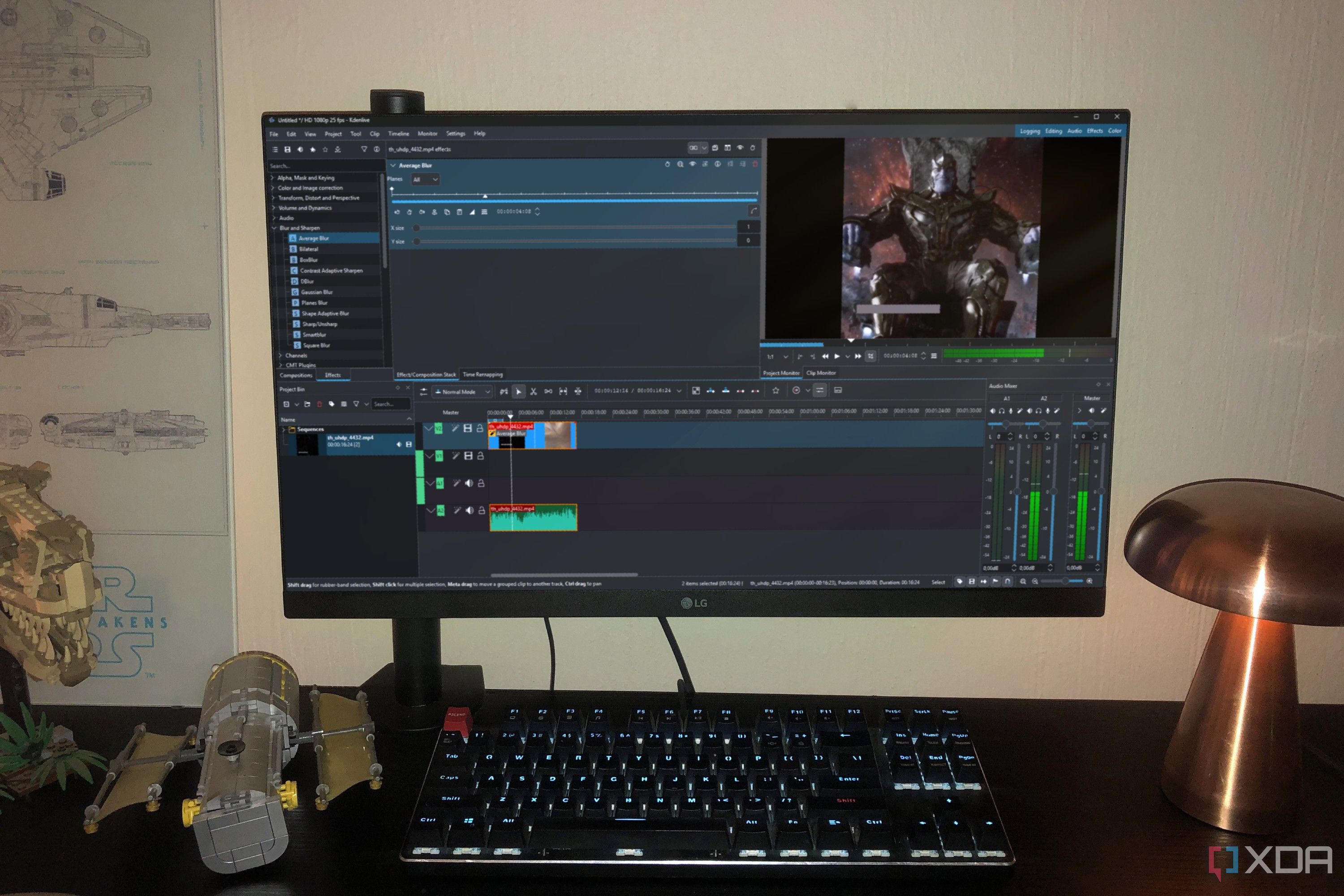A 3D printer isn’t just a tool for fun projects and quick prototyping. It’s also a powerful, practical machine that can save you money month after month. Whether you're organizing your space, upgrading your hobby gear, or replacing household items, your printer starts proving its worth quickly. With a few rolls of filament and some creativity, the return on investment often speaks for itself by the end of the year.
5 Replace household items on demand
No need to buy knobs, hooks, or storage trays
One of the easiest ways to start saving money is by replacing common household parts with 3D-printed alternatives. Lost or broken cabinet knobs, missing hooks, or cracked shelf brackets can all be printed on demand. Instead of heading to the store or ordering a complete replacement set, you can customize exactly what you need at a fraction of the cost. Most of these items require very little filament and can be printed in under an hour.
The real value lies in being able to print items tailored to your specific needs. Need a hook to hang your broom on a tiled wall? Print one with the right curve and adhesive mount. Want a drawer divider that matches your oddly shaped silverware tray? Design or remix it and print it in just a few hours. Even if you’re not a CAD expert, sites like Printables and MakerWorld make it easy to find functional designs that just work.
Gridfinity trays and wall plates are another great example. These storage solutions are modular, scalable, and surprisingly versatile. Instead of spending money on plastic bins or overpriced drawer systems, you can print exactly what you need, when you need it. The cost savings stack up quickly, especially if you’re organizing multiple rooms or workstations.
Custom jigs, mounts, and tool holders save money

Source: Chris Borge / YouTube
Every workshop needs a variety of tool holders, guides, and jigs to stay efficient, and that’s where a 3D printer starts to shine. Instead of buying a plastic bracket or an oddly sized clamp, you can print it. I’ve built right-angle glue jigs, sanding blocks, and drill guides that would have cost $10 to $30 each to buy. Most were printed in under three hours with a couple of dollars’ worth of filament.
Custom tool holders are another place where savings add up. Wall mounts for screwdrivers, battery chargers, and clamps are easy to print and offer far more customization options than store-bought alternatives. If you’re working in a small space, selecting printing tools that align with your workflow can help reduce clutter and improve accessibility. Once you dial in a design that works, it’s easy to replicate it across your workspace.
There’s also value in how quickly you can iterate. If your first version doesn’t fit perfectly, tweak it and print again without spending extra. Over time, you’ll build up a collection of jigs and fixtures that improve your precision and save you from constantly reaching for store-bought solutions. That kind of efficiency—especially in a home lab or hobby shop—pays dividends fast.
3 Streamline cable and tech organization
No more buying overpriced desk accessories
Cable clips, charging docks, and monitor risers can be expensive if you purchase them individually. With a 3D printer, you can turn leftover filament into a full suite of desk and tech accessories. I’ve printed headphone stands, USB hub holders, and VESA monitor mounts without paying a dime beyond the initial filament cost. It’s a satisfying way to tidy up your space without spending extra money.
There are also countless models designed to work with specific brands or setups. Whether you use Apple gear, Raspberry Pi boards, or multiple displays, you’ll find mounts and organizers that fit perfectly. It’s easy to adjust dimensions in your slicer or remix files if your gear doesn’t match the default sizes. That flexibility means your workspace stays clean and tailored to how you actually use it.
Over time, these small savings build up. A well-designed phone stand might save you $10, but printing one for every room adds up quickly. Add in keyboard trays, controller holders, or even filament spool storage, and you’ll see how much money your printer helps you keep. All it takes is a few well-placed prints to transform your setup.
2 Create low-cost hobby upgrades
Accessories for other hobbies print easily
Whatever your hobby is, a 3D printer can usually support it with low-cost add-ons. For photography, I’ve printed lens caps, flash diffusers, and tripod mounts. For electronics, I’ve built enclosures, cable management tools, and even button housings for custom controllers. These small parts are often expensive or hard to find elsewhere, but they’re simple to print once you have a design.
The beauty is in the customization. You’re not limited to generic sizes or mass-produced accessories. If your favorite gear needs a bracket, case, or mounting plate, you can build exactly what fits. For hobbies that evolve over time—such as cosplay, gaming, or cooking—being able to create your own accessories is a game-changer.
It’s also a great way to extend the life of your gear. Instead of upgrading or replacing tools, you can adapt them with printed add-ons. Whether it’s a filament guide for your 3D printer, a grip for a hand tool, or a stand for a model kit, the value shows up quickly. You’re investing once in the printer and reaping the benefits across every other hobby you enjoy.
1 Offload costs with useful gift ideas
Personalized gifts are cheap and memorable
Gift-giving gets a lot easier and more affordable when you have a 3D printer. You’re not stuck choosing between expensive store-bought items or cheap throwaways. Instead, you can design or download something thoughtful and print it for just a few dollars. I’ve given custom nameplates, cable organizers, bookmarks, and even puzzle boxes, and they’ve all been big hits.
The key is personalization. A printed headphone stand is functional, but adding someone’s initials or favorite logo takes it to the next level. You can incorporate logos, engraving, or other materials, such as paint or vinyl decals, to make your gifts stand out. These kinds of details show effort without adding cost, which makes every print feel more valuable.
The holiday and birthday seasons are excellent times to see the payoff. Instead of spending $20 to $30 per gift, you can print several small items for less than $10 in total. If you’re printing for multiple people, the savings grow even faster. And once you start doing it, you’ll find yourself spotting gift ideas all year long.
Practical printing habits keep paying off
With just a few strategic prints per month, you can easily match the cost of your printer by year’s end. Whether you’re printing replacements, gifts, or upgrades for your hobbies, each part adds to your total return. The key is staying focused on usefulness and printing things that solve real problems or improve your space.
When you take advantage of free models, open design communities, and customizability, the value compounds. You stop spending on plastic organizers, desk accessories, and little repair tools. Instead, you make them yourself—often better, and for far less. That shift in mindset is what makes 3D printing more than just a hobby.
If you’re consistent about putting your printer to work, the savings don’t take long to show. It’s not about printing nonstop. It’s about knowing you’ve got a machine that pays you back every time you hit “Start.”

Build Volume 350 x 350 x 350mm
Printing Speed ≤600mm/s
.png)











 English (US) ·
English (US) ·